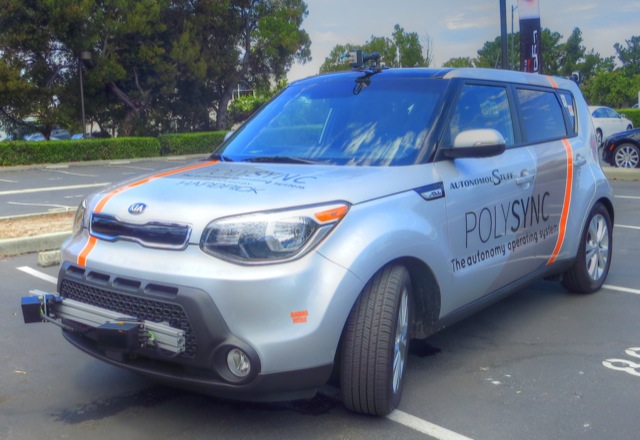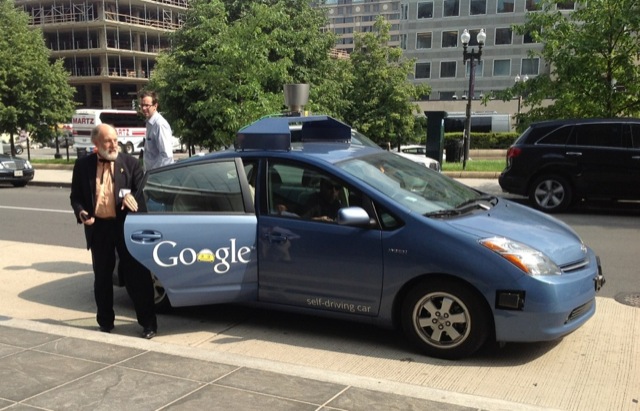A new poll finds that nearly two out of three auto owners think self-driving cars are a dangerous idea. Slate writer Lee Gomes argues that self-driving cars may never happen. Both are wrong.
The pollsters don’t argue that self-driving cars actually are dangerous; only that “automakers will have to work to win over car shoppers who think some of the technology makes vehicles more dangerous.” But they really won’t; they just have to make the technology available to early adopters, and as those pioneers prove it to work, more people will want it.
Gomes’ argument is that Google’s self-driving car critically depends on accurate maps, and such maps are expensive and time-consuming to make. Moreover, Gomes adds, keeping the maps up to date with daily changes in routes, traffic signals, speed limits, and other factors will be nearly impossible.









